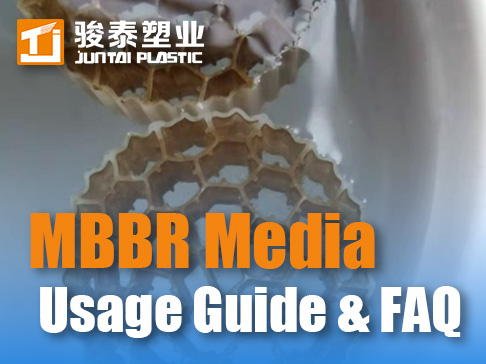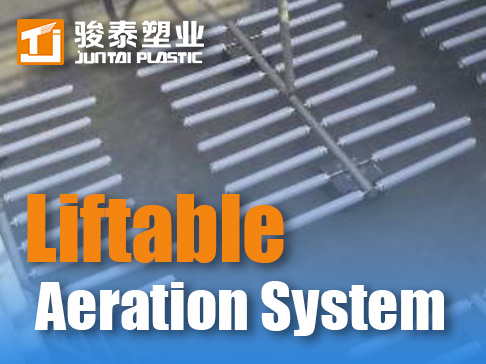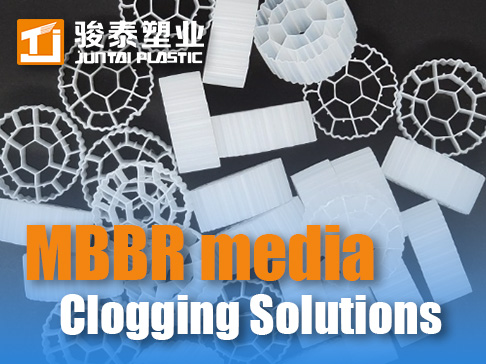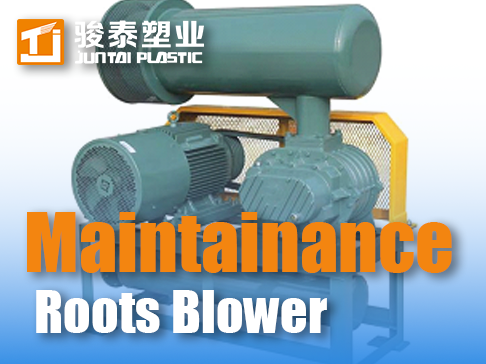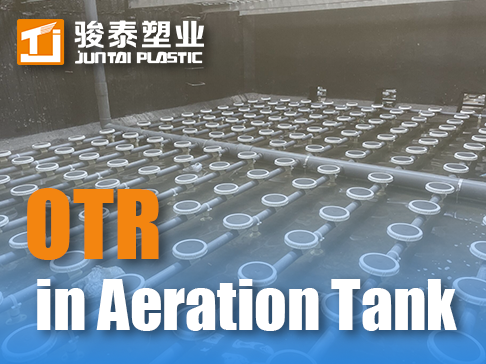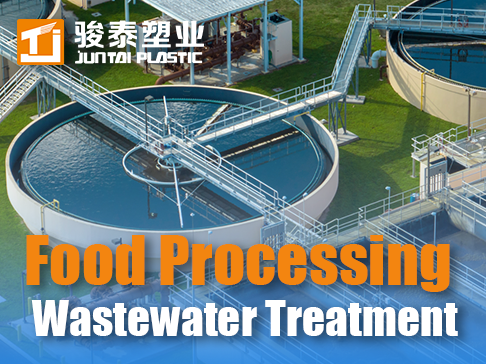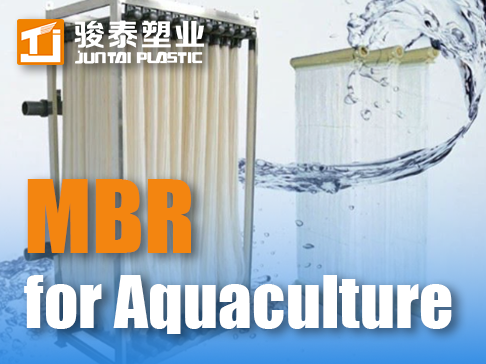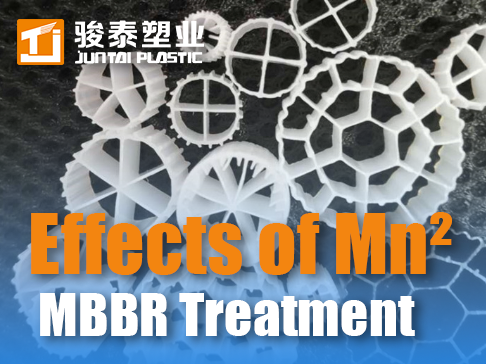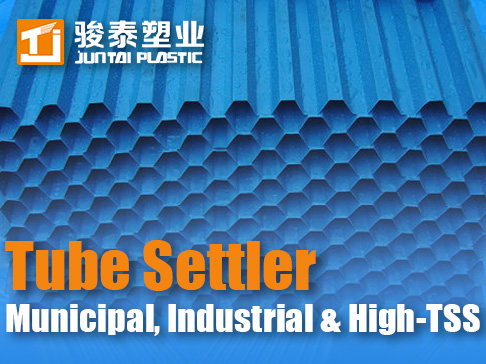 +86 13600513715
+86 13600513715 Food Processing Wastewater Treatment: Methods, Technologies & Solutions | Industry Guide
Overview
The food processing industry utilizes agricultural, livestock, aquatic, and forestry products as raw materials to produce goods closely tied to daily life. It is one of China's major industrial pollution sources. The industry generates substantial volumes of wastewater, predominantly high-concentration organic effluent.
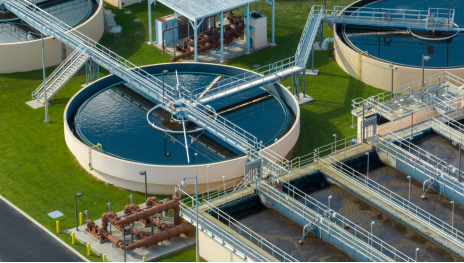
Primary Sources of Wastewater
Food processing wastewater originates from three key production stages:
- Raw Material Cleaning
- Production Processing
- Product Forming
Major Pollutants in Wastewater
- Floating solids: Vegetable leaves, fruit peels, meat scraps, feathers, etc.
- Suspended substances: Fats, proteins, starch, colloidal matter.
- Dissolved compounds: Acids, alkalis, salts, sugars.
- Sediments & organics: Soil particles and organic residues from raw materials.
- Pathogens: Harmful bacteria and viruses.
Characteristics
- Variable Flow Rates
- Ranges from small-scale household operations to large factories, with significant differences in raw materials, processes, and scales.
- High Organic Load
- Elevated levels of organic matter, suspended solids (SS), and fats, prone to rapid decomposition.
- Seasonal Fluctuations
- Water quality and quantity vary with production seasons.
- High Biodegradability
- Derived from natural organic materials, the wastewater is non-toxic and easily biodegradable, with a BOD₅/COD₅ ratio up to 0.84.
- Nutrient-Rich
- Contains excessive nitrogen (N) and phosphorus (P), potentially causing eutrophication.
- Large Volumes
- Significant water usage results in high wastewater discharge.
Conventional Treatment Methods
Ⅰ Physical Treatment Methods
Physical treatment involves altering wastewater composition through physical processes. Common methods include:
- Screening
- Skimming
- Equalization
- Sedimentation
- Flotation
- Centrifugation
- Filtration
- Microfiltration
The first five methods are typically used for pretreatment or primary treatment, while the latter three are applied in advanced treatment.
- Skimming (Oil Removal)
Food processing wastewater often contains high levels of fats, oils, and grease (FOG), which must be removed before biological treatment to prevent:
- Clogging in pipes, pumps, and equipment.
- Negative impacts on biological treatment efficiency.
- Economic losses (recovered oil can be reused).
Types of Oil in Wastewater:
- Free-floating oil (removed by oil-water separators, >90% efficiency).
- Emulsified oil(requires chemical coagulation or dissolved air flotation).
Design Considerations:
- Oil traps can be integrated with equalization tanks or primary clarifiersto save space and costs.
- Small-scale systems may use compact oil-water separators.
- Filtration (Advanced Treatment)
For tertiary treatment, common methods include:
- Sand filters(slow or rapid filtration, typical filtration rate: 8–12 m/h).
- Multi-Media Filters(enhanced SS and fine particle removal).
- Screening (Pretreatment)
Screening removes coarse suspended solids to protect downstream equipment.
Common Screening Equipment:
- Bar Screens(for large debris).
- Rotary Drum Screens / vibrating screens(mesh size: 10–40).
- Sedimentation
Used to remove:
- Inorganic solids(via grit chambers).
- Organic solids(via primary clarifiers).
- Biological sludge separation(via secondary clarifiers).
Types of Sedimentation Tanks:
- Horizontal flow(rectangular).
- Vertical flow(circular).
- Radial flow(center-feed circular).
- Inclined plate/ tube settlers(improved efficiency).
Key Parameters:
- Detention time: 1.5–2.0 hours.
- Grit chambersshould be placed after screens to avoid organic buildup.
- Aerated grit chambershelp prevent organic settling.
- Equalization (Flow & Load Balancing)
Necessary for wastewater with high variability in flow and composition.
Design Criteria:
- Retention time: 6–24 hours (typically 6–12 hours).
- Tank capacity: 15%–50% of daily flow.
- Flotation (Emulsified Oil & SS Removal)
Effective for removing:
- Emulsified oils
- Surfactants
- Fine suspended solids
Flotation Methods:
- Dissolved Air Flotation(DAF) (most common).
- Vacuum flotation.
- Diffused air flotation.
Performance & Optimization:
- Adding coagulants (e.g., alum, PAC)improves removal efficiency.
- Typical removal rates:
- >90% oils
- 40%–80% BOD₅ & SS
- HRT: ~30 minutes.
Ⅱ Chemical Treatment Methods
Chemical treatment involves using chemical reactions to convert pollutants into harmless substances or forms that can be easily separated from water. Key methods include:
- Oxidation-Reduction (Redox)
- Converts dissolved inorganic/organic pollutants into less toxic or insoluble forms.
- Common oxidants: Chlorine, ozone (O₃), hydrogen peroxide (H₂O₂), Fenton’s reagent.
- Applications:
- Removal of sulfides, phenols, dyes.
- Post-treatment for refractory organic matter.
- Coagulation-Flocculation
- Used to remove colloidal particles (proteins, polysaccharides) and fine SS.
- Process Flow:
① Coagulant dosing (e.g., alum, ferric chloride, PAC).
② Rapid mixing (destabilizes colloids).
③ Slow mixing (forms larger flocs).
④ Sedimentation or flotation (removes flocs).
- Typical coagulants:
- Aluminum sulfate (Alum): Effective at pH 6–7.
- Ferric chloride (FeCl₃): Works in broader pH ranges.
- Polyaluminum chloride (PAC): High efficiency, low sludge production.
- Optimization: Jar tests to determine optimal dosage & pH (usually 6–9).
- Ion Exchange
- Removes heavy metals (e.g., Cu²⁺, Zn²⁺) and ammonium (NH₄⁺) via resin exchange.
- Regeneration required using acid/alkali or NaCl solutions.
- Membrane Separation
- Ultrafiltration (UF) / Reverse Osmosis (RO)for advanced reuse.
- Removes dissolved salts, organics, and pathogens.
Ⅲ Biological Treatment Methods
Biological processes are core for degrading organic pollutants (COD/BOD) in food wastewater.
- Aerobic Treatment
Uses oxygen-dependent microorganisms.
Suspended Growth Systems (Activated Sludge)
- Conventional Activated Sludge (CAS): HRT 6–12h, MLSS 2,000–4,000 mg/L.
- SBR (Sequencing Batch Reactor): Cyclic phases (fill-aerate-settle-draw), flexible for seasonal operations.
- Oxidation Ditch: Low energy, high nitrification.
Attached Growth Systems (Biofilm)
- Moving Bed Biofilm Reactor (MBBR): Plastic carriers (e.g., K1) with HRT 4–8h.
- Trickling Filters: Low energy but prone to clogging.
- Anaerobic Treatment
Ideal for high-strength wastewater (COD > 2,000 mg/L).
Key Advantages:
- Low energy(no aeration needed).
- Biogas production(CH₄ for energy recovery).
- Less sludge(20% of aerobic systems).
Technologies:
- UASB (Upflow Anaerobic Sludge Blanket): HRT 6–24h, COD removal 70–90%.
- IC Reactor: Compact, high-load tolerance.
- Anaerobic Digesters: For sludge stabilization.
- Combined Systems
- Anaerobic + Aerobic: UASB followed by MBBR for complete treatment.
- Stabilization Ponds: Low-cost but land-intensive.




